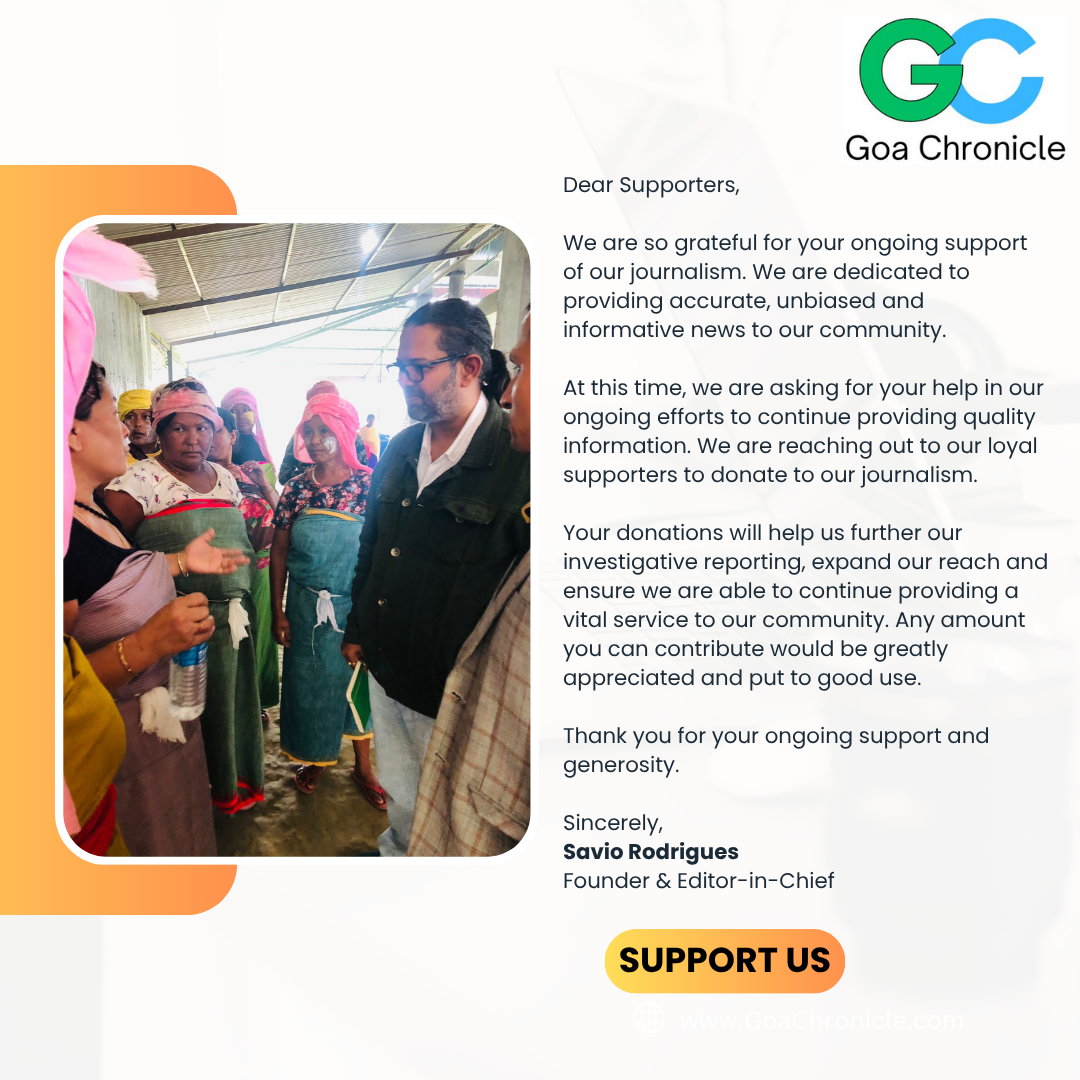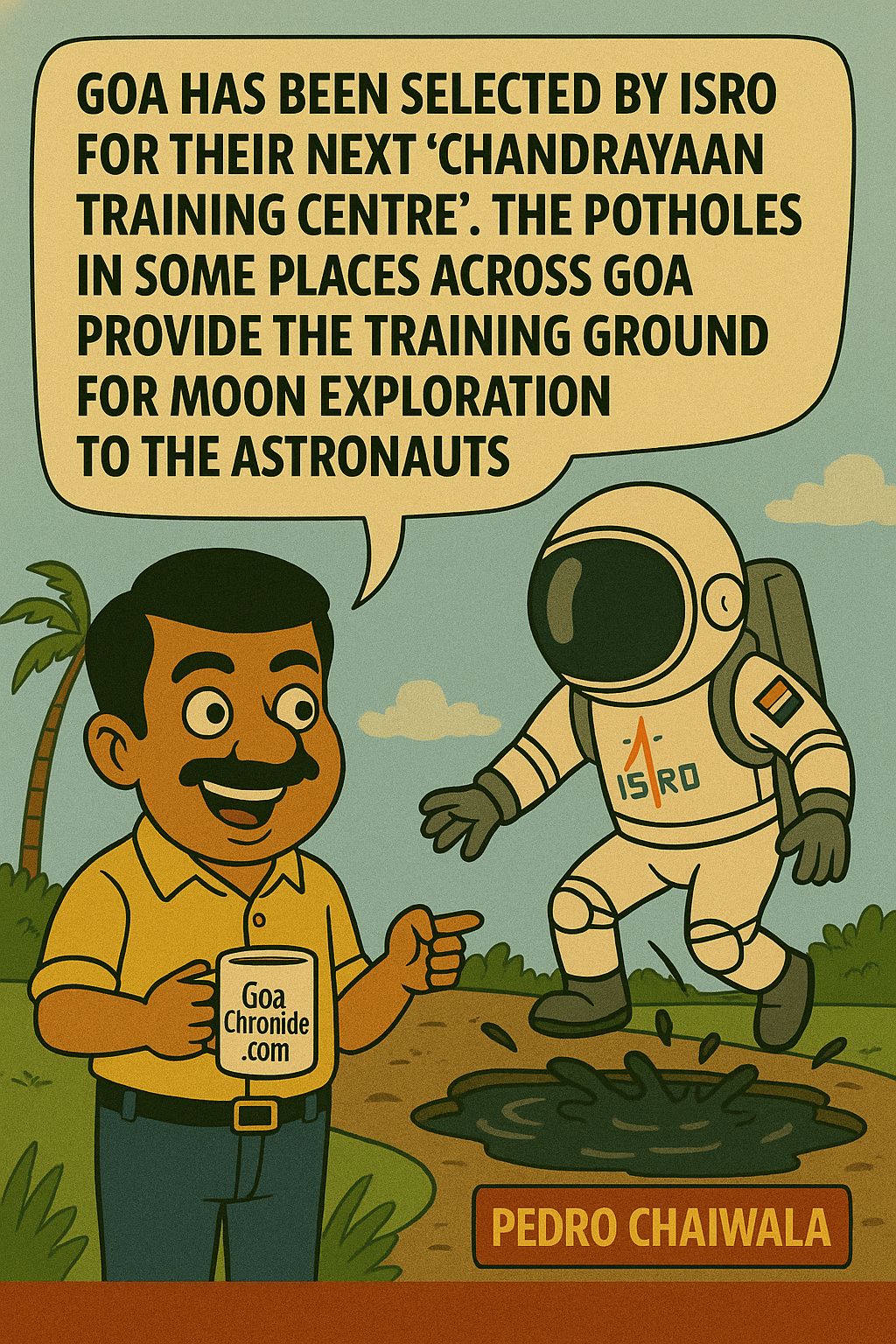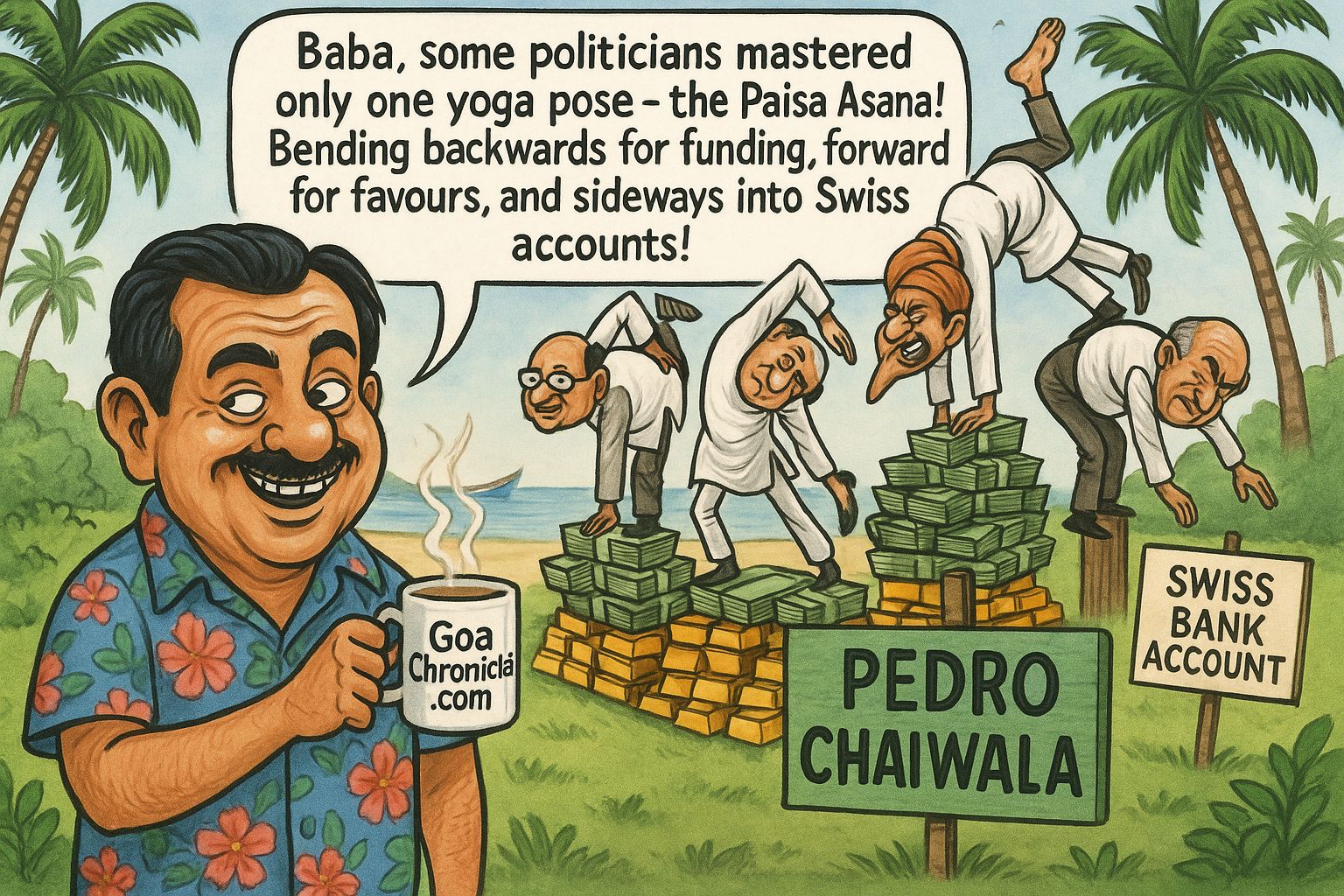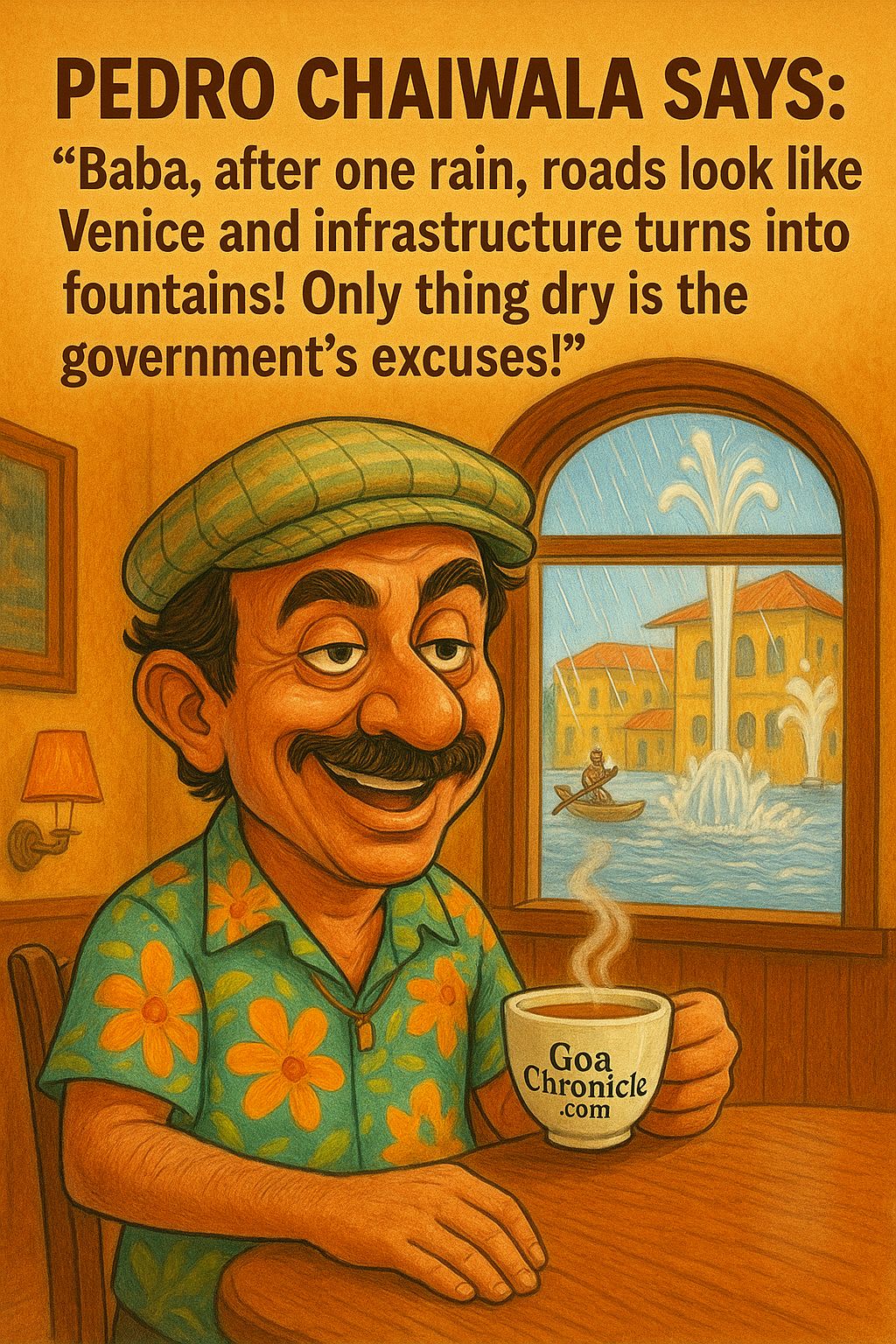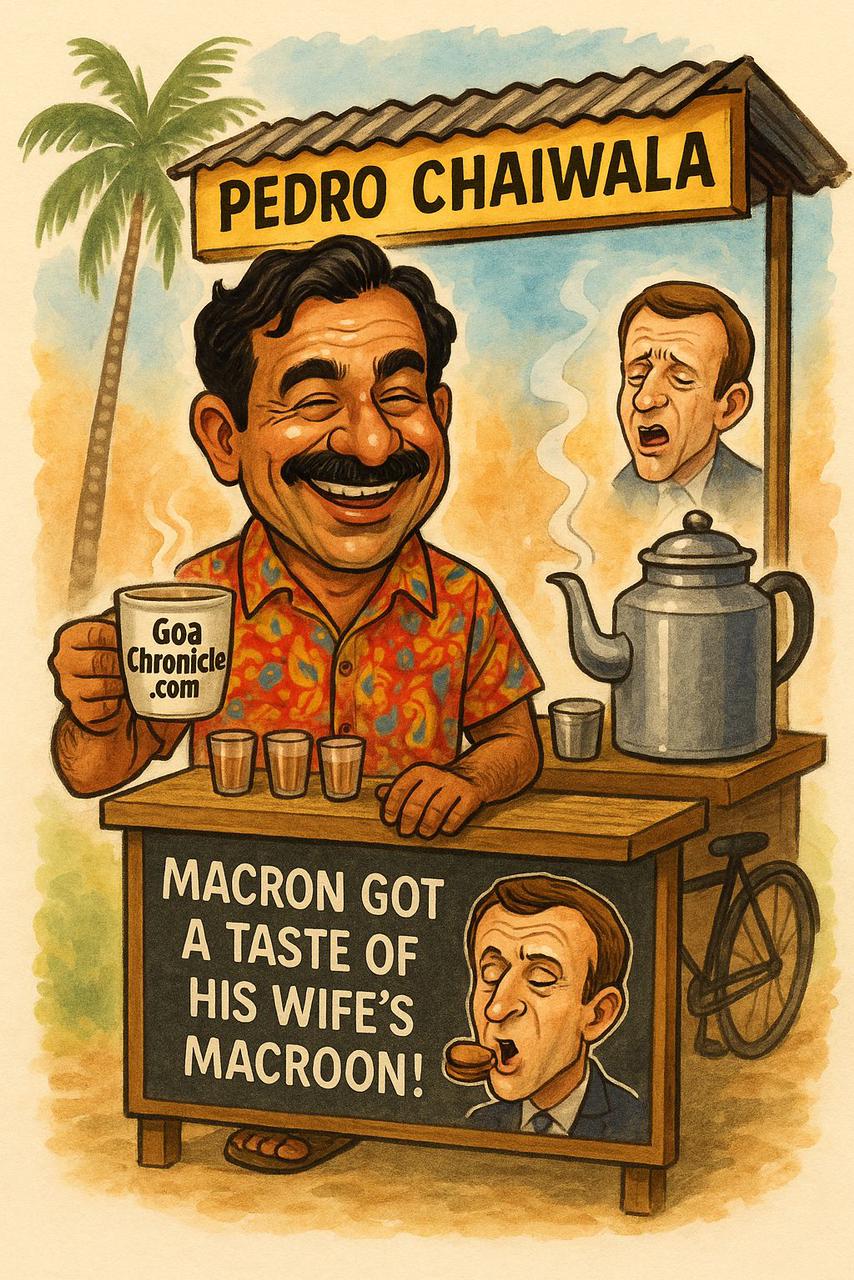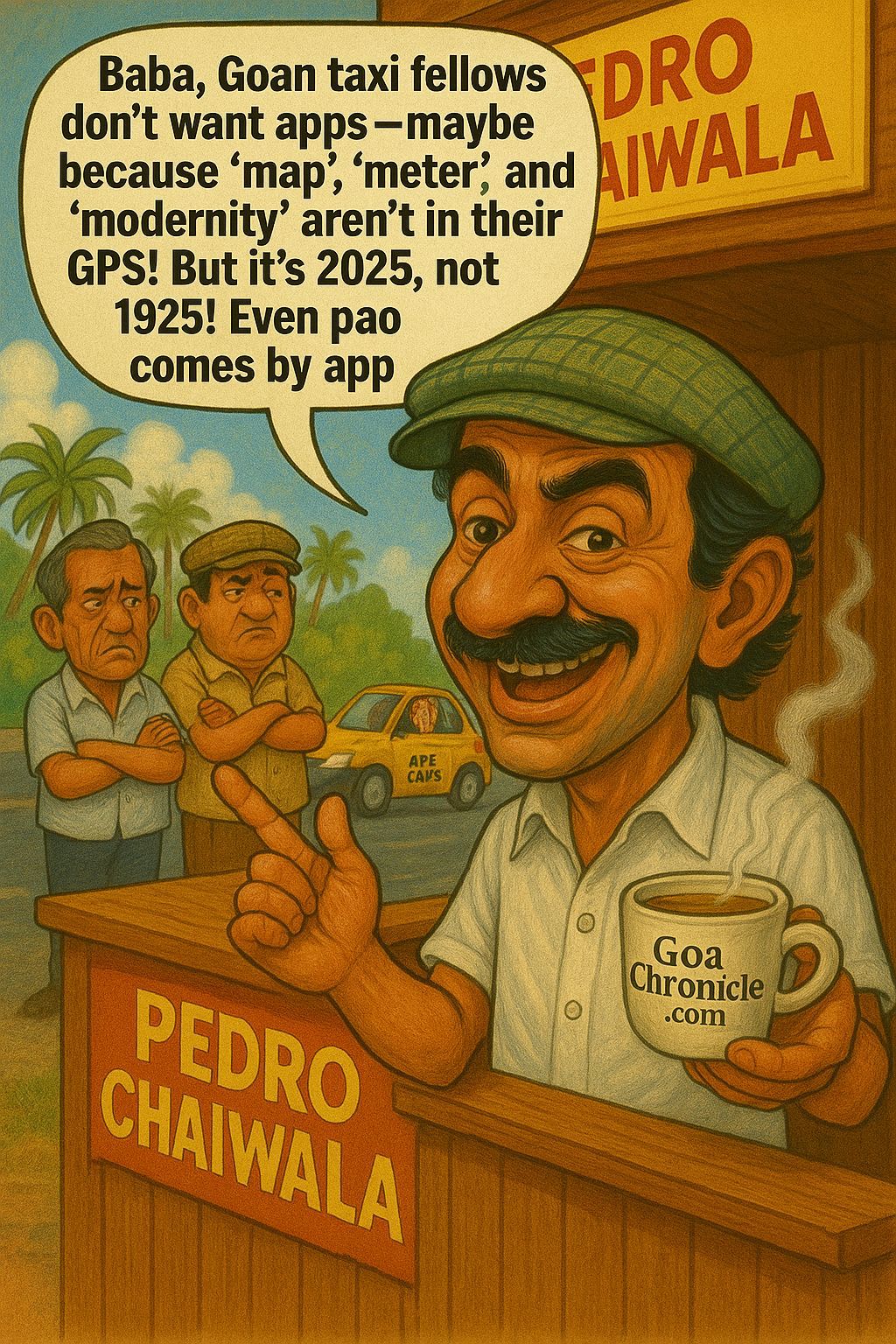There’s a reason India–Japan is no longer filed under “feel-good diplomacy” but under “hard outcomes.” Under Prime Minister Narendra Modi, New Delhi and Tokyo have moved from sentiment to a scoreboard—trade rising, investments accelerating, supply chains diversifying, and big-ticket infrastructure finally moving from drawings to steel and concrete. The clincher: Modi’s August 29–30, 2025 official working visit to Japan for the 15th India–Japan Annual Summit, his first standalone trip to Japan in nearly seven years, which reset the partnership with a harder economic edge and a clear ten-year horizon.
The New Headline Number: ¥10 Trillion
In Tokyo, the two Prime Ministers noted that the five-year, ¥5 trillion (public–private) investment and financing target announced in 2022 has already been achieved ahead of schedule—and then raised the stakes: a fresh goal of ¥10 trillion over the next ten years. That’s not atmospherics; it’s a pipeline. Japan’s business lobby Keidanren echoed the achievement of the ¥5 trillion target, and Indian government readouts formalized the new decade-long trajectory. Translation: more long-term capital, deeper manufacturing linkages, and a stronger SME–startup bridge.
Trade: Upward Trend, But With Homework
On trade, the trend line is finally pointing north. Bilateral trade reached about US$25.1–25.2 billion in FY 2024–25, rising from roughly US$15.3 billion in 2020–21. There’s still a deficit on India’s side, but the expansion is clear—and the mix is changing as electronics, auto components, chemicals, and machinery tighten the weave. For context, Japan accounts for roughly 2.1% of India’s global trade, while India is about 1.4% of Japan’s, underlining both the opportunity and the distance to run.
FDI, ODA, and Why Japan’s Money Matters
Cumulatively, Japanese FDI into India totaled ~US$43.3 billion by December 2024, making Japan a top-five investor. But the real strategic ballast is Japan’s unparalleled Official Development Assistance (ODA). India has been the largest recipient of Japanese ODA loans for decades, with JICA documenting more than ¥8,339 billion in cumulative ODA flows by FY2024–25—funding metros, freight corridors, industrial corridors, bridges, and now high-speed rail. This is cheap, long-tenor, patient capital that de-risks public infrastructure and catalyzes private investment.
Mumbai–Ahmedabad Bullet Train: From Slogans to Systems
For years, critics framed the high-speed rail project as a mirage. The 2025 summit week quietly flipped the script: India and Japan agreed to commence signalling work on the Gujarat section, preparing for inspection trains and E-series Shinkansen sets. JICA financing terms remain among the most concessional in India’s infrastructure book—~0.1% interest, 50-year tenure, 15-year moratorium—exactly the kind of structure that lets you build generational assets without fiscal heartburn. That is what “quality infrastructure” looks like in balance sheets, not press releases.
Critical Minerals and Supply Chains: Risk Managed, Not Outsourced
Geopolitics today is supply chains by other means. Tokyo and New Delhi used the 2025 visit to sign a critical minerals cooperation pact, aligning with the Australia-India-Japan Supply Chain Resilience Initiative. The goal is plain: diversify away from concentrated sources, lock in recycling and processing, and secure inputs for semiconductors, EVs, and clean energy. India’s Cabinet has also cleared a complementary domestic incentive for critical-mineral recycling—because resilience is not just about shipping routes; it’s about domestic capability.
SMEs and Startups: The Quiet Engine
Beyond the marquee deals, the recent period has seen 170+ MoUs and US$13 billion+ in pledged investments, extending beyond big conglomerates to SMEs and even rural projects. That’s how you move from a headline partnership to a grounded production ecosystem—supplier bases, Tier-2/Tier-3 cities, and vocational skilling that sticks. In Tokyo, Modi’s pitch was unambiguous: “Come, make in India, and make for the world.” The message landed because Japanese firms already see the policy spine—PLIs, logistics upgrades, and digital rails—showing up in margins.
A Decade Playbook: The Joint Vision
The “India–Japan Joint Vision for the Next Decade” unveiled on August 29, 2025 lays out eight directions to steer the Special Strategic and Global Partnership. It is more than diplomatic poetry: it pulls together industrial competitiveness (a DPIIT–METI track), digital and green transitions, resilient value chains, and connectivity from India’s Northeast to Southeast Asia—a synergy between Act East and Partnership for Quality Infrastructure that Japan’s MOFA has flagged for years. Expect textiles, electronics, and mobility to see sharper policy docking in 2025–28.
Security Geometry: Quiet, Steady, and Necessary
While the 2025 visit foregrounded economics, the security layer keeps maturing: 2+2 ministerials, more complex bilateral and multilateral exercises, and steady Quad coordination. The Quad Foreign Ministers’ joint statement (July 1, 2025) reinforced shared commitments on maritime security, critical tech, and infrastructure standards. India and Japan are not forming an alliance; they are building options—deterrence by network, not bloc.
Culture and Optics: Soft Power with Steel Inside
Diplomacy needs symbols. Japan’s gifting of a Daruma to Modi and his gifting of Indian-crafted ramen bowls and chopsticks to PM Shigeru Ishiba were more than photo-ops; they threaded a civilizational story from Bodhidharma to contemporary craft. But the substance sat behind the smiles: targets, timelines, and tasking. Culture set the tone; contracts did the work.
What Changes on the Ground?
- Manufacturing & Semiconductors: With the decade-long investment runway and minerals pact, expect tighter India–Japan co-location in electronics, batteries, and specialty chemicals. Japan’s quality-first manufacturing culture married to India’s scale and cost curves is the competitive combo.
- Transport & Urban Infrastructure: From metros to the MAHSR corridor, ODA-backed projects will keep compressing travel times and logistics costs—productivity multipliers that don’t show up in headlines but do show up in GDP.
- SMEs & Startups: The shift from conglomerate-only to SME-heavy partnerships—170+ MoUs—is where jobs happen. Watch for Japanese supplier ecosystems embedding in Indian industrial clusters.
- Northeast–ASEAN Connectivity: Expect fresh momentum on cross-border roads, bridges, and digital public infrastructure that plug India’s Northeast into Southeast Asia’s value chains, exactly the act-east + PQI synergy Tokyo and Delhi describe.
Partnership as Policy, Not Performance
Critics will say the numbers are still small relative to each country’s global trade, and they’re right. But strategy is about direction + durability. The 2025 summit hit three policy notes that matter:
- Front-loaded credibility: Achieving ¥5 trillion ahead of time and announcing ¥10 trillion isn’t rhetorical bravado; it’s a signal to boardrooms to plan for 10-year capex, not 10-month pilots.
- Risk-adjusted growth: Critical minerals, recycling, and supply-chain resilience are not anti-anyone; they are pro-stability. India and Japan are designing for shocks before the shocks arrive.
- Institutional rails: ODA, JICA pipelines, and a decade-long joint vision mean the relationship runs on institutions that outlast election cycles and personalities. That’s why projects move even when news cycles don’t.
Bottom line: India–Japan under Modi is now a partnership with a P&L. The deal book is thicker, the timelines longer, and the risk lower. The August 29–30, 2025 visit locked in capital, technology, and supply-chain depth for the next decade. And if you’re counting, that’s how nations win—one concessional loan, one factory, one signalling package, and one minerals contract at a time. The romance was always there; the results are finally catching up.





